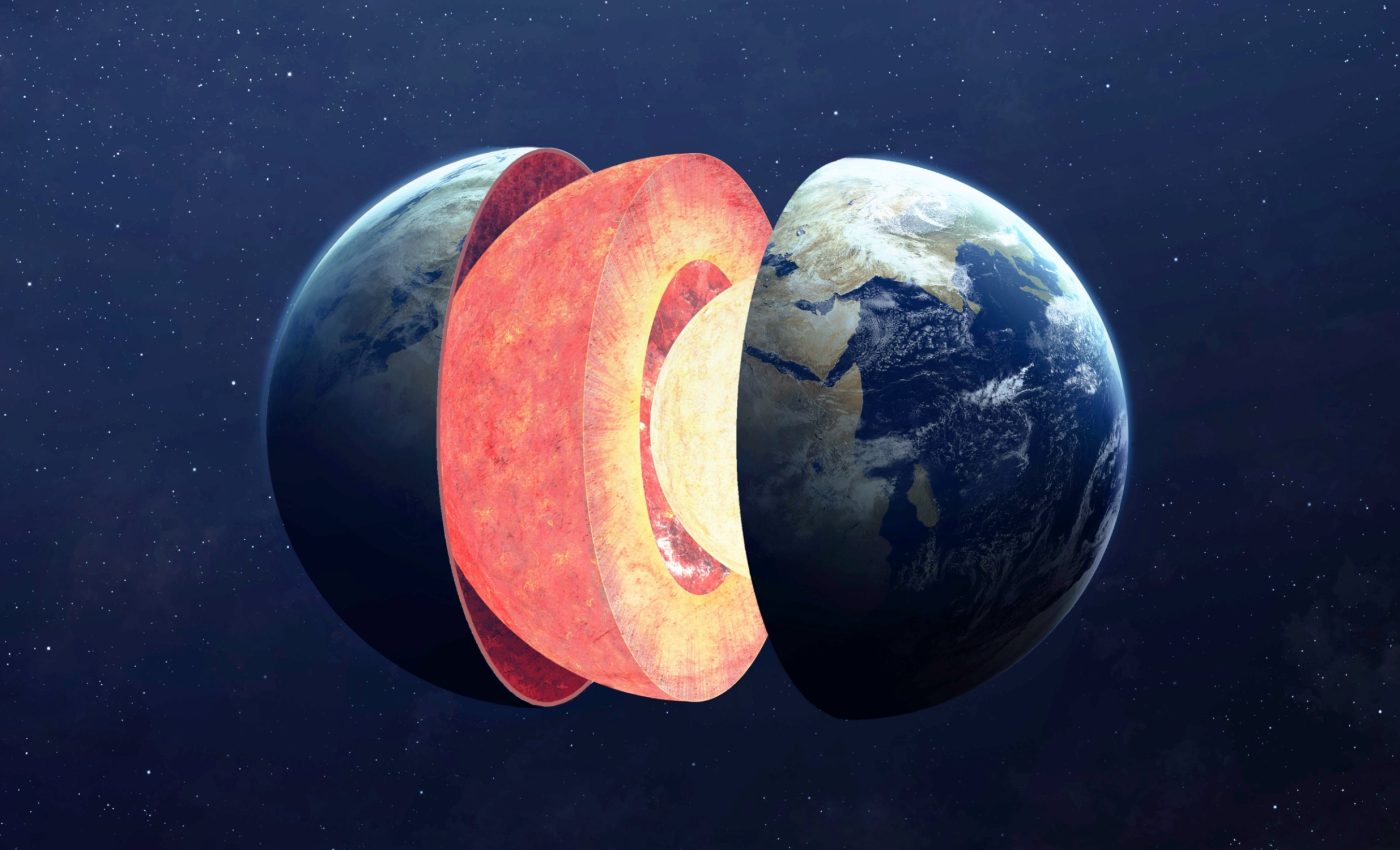
How water reshaped Earth’s crust 1.6 billion years ago
A team of researchers has recently revealed new findings about Earth’s ancient crust. They studied 1.6-billion-year-old rocks in northeast Queensland and noticed that water had a far greater role in forming this early substratum than people once realized.
Geological teams examined the Georgetown Inlier in Queensland. This location is one of the few places on Earth where ancient rocks from Earth’s deep crust remain in very good condition, showing all stages of continental crust formation.
How water reshaped Earth’s crust
Lead researcher Dr. Silvia Volante completed the work while at Curtin’s School of Earth and Planetary Sciences, and is now based at ETH Zurich. She explained the surprising chemistry behind these ancient rocks.
“In the early days of our planet, volcanic rocks erupted on the ocean floor and were then altered by hot water as they cooled down and solidified. Over time, these water-rich rocks were buried deep within the Earth’s crust, where the introduction of additional water caused them to partially melt at temperatures ranging from 1,292°F to 1,382°F (700°C to 750°C),” said Dr. Volante.
By examining the oxygen levels in the rocks, the research team identified a distinct contrast between the original volcanic rocks and the granitic rocks they later became, which indicated the action of an extra source of water originating from deep within the Earth’s mantle.
After analyzing tiny differences in oxygen levels, the scientists saw two surprising signs of water in the ancient crust.
Clues in old minerals
To track down where the water came from, researchers used zircon and garnet, two minerals that hold onto oxygen signals even after millions of years. These minerals act like time capsules, keeping the chemical fingerprint of the fluids they interacted with when they first formed.
By comparing the oxygen ratios in different types of rock, the team saw clear evidence that something unusual was going on. The isotope values in the granitic rocks were much closer to what you’d expect from fluids rising out of the Earth’s mantle – not just from seawater or local sources.
Water triggered melting of Earth’s crust
“The two sources of water which formed the continental crust rocks – one from the volcanic rocks themselves and, more surprisingly, also from deep within the Earth – fueled a chain reaction of melting which lasted millions of years and helped form the building blocks of the continents we live on today,” said Dr. Volante.
Water from both the upper sections of basaltic crust and deeper mantle zones sparked a long-lasting reaction.
These findings support the idea that water migrates in ways once overlooked. That movement had a bigger role in building up granitic layers beneath us than previously assumed by geologists worldwide.
A closer look at Earth’s crust
Scientists have long argued over what drives the slow transformation of basaltic rock into lighter, buoyant crust. Some claimed that friction and pressure alone produced enough heat to melt rock, but this new work adds water as a potential major factor.
Study co-author Professor Zheng Xiang Li elaborated on how these rare samples help reveal the process of crust formation.
“We had an incredible opportunity to work in unique locations such as the Georgetown Inlier, which is one of the only places in the world where we can see all stages of continental crust formation locked in billion-year-old rock,” said Professor Li.
“Our next step is to investigate whether similar water-based melting processes occurred in even older crust fragments.”
Mantle water helped move land and sea
Earth’s crust holds answers to how mountains form and why continents ended up where they are today. A better understanding of water’s influence helps geologists rethink the mineral composition of ancient landmasses.
Many experts suggest that pockets of hydrous minerals deep underground acted like chemical triggers. This hot, wet environment may have boosted partial melting and set the stage for shifts in Earth’s surface that shaped where oceans and continents stand today.
Practical impact and future studies
These new results open doors for more targeted projects in other parts of the world. Different ancient terrains might have hidden clues that echo or contrast the Georgetown Inlier’s story.
Teams will now look for similar isotopic signals to see if water from the mantle or other sources was involved. If more of these sites show the same signs, it would mean that water has guided the growth of Earth’s crust far more than scientists once assumed.
With more research, geologists could revise how early life sprang up on land. Water in the crust might have created chemical pathways that were needed by emerging ecosystems.
It also reminds us that what lies beneath the surface is not fixed or dry. Under certain conditions, water can slip through minerals, spark melting, and initiate reactions that help shape the landscape we see every day.
The study is published in Communications Earth & Environment.
—–
Like what you read? Subscribe to our newsletter for engaging articles, exclusive content, and the latest updates.
Check us out on EarthSnap, a free app brought to you by Eric Ralls and Earth.com.
—–













